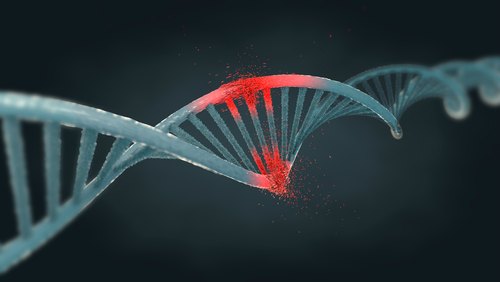Introduction
In the previous article we discussed how a badly nurtured rat offspring incurs high methylation within the emotional/stress region of the brain called the Hippocampus and the affected regulatory cells remain methylated for the entire life of the rat.
It is the methyl groups attached to the genetic code of the DNA that inhibit transcription causing heritable long term change in gene function. Other molecular groups namely acetyl groups have the reverse effect and allow gene transcription thus allowing gene expression.
So Methylation silences the gene, while Acetylation expresses the gene, in general.
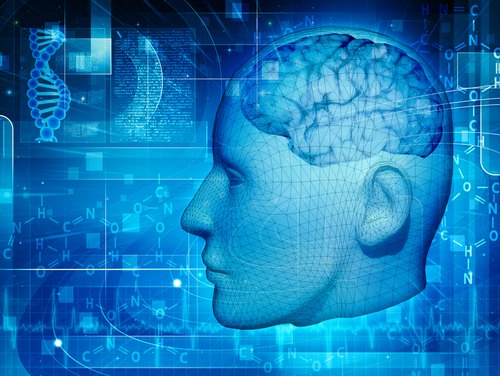
Behavioral Epigenetics:
2008 Study- Szyf and Meaney
The two scientists Moshe Szf and Michael Meaney published a paper in 2008 showing brain comparisons between people who had committed suicide and people who had died from other causes.
In the suicide victim the regulatory genes were highly methylated and even more methylated if the suicide victim was also subjected to abuse as a child.
Behavioral Epigenetics: Eric Nestler (Neuroscientist)
Eric Nestler at Icahn school of medicine Mount Sinai bred previously bullied mice with females but kept the parents from ever meeting their offspring, and the offspring grew to be hypersensitive to stress.
He then repeated the experiment, but this time he simply impregnated the sperm from the bullied mice into females via in vitro fertilization, and this time the mice were normal suggesting a non epigenetic transmission, except the fact that newborns have their inherited epigenetic changes erased as we established previously.
The Cambridge Study
This study conducted by Dr Jamie Hackett at the University of Cambridge confirmed that epigenetic tags are erased in what is now called Primordial Gene cells (PGC) the precursor cells to sperm and eggs, so the newborn can start with a fresh set of UN-tagged genes.
This gene ‘reset’ of methylation tags are converted to Hydroxymethylation which become diluted and eventually erased as the cells divide.
Early Stage Epigenetic Changes
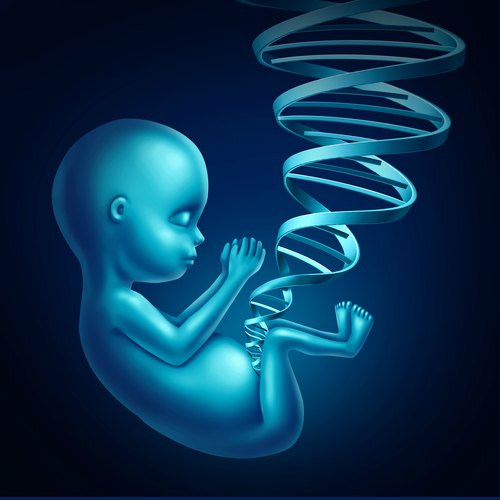
As stated in the previous paragraph, soon after conception, the total reprogramming occurs just after ‘global demethylation’ of the fertilised egg, of both Maternal and Paternal Primordial precursor cells epigenetically.
This reprogramming is completed so the eventual newborn will begin life with a brand new set of genes with normal methylated footprints.
However, it is this reprogramming period which can also put the embryo at risk of affecting the phenotype from environmental signals that cause steady changes in gene expression and nutrient deficiency.
As the environmental signals are received Epigenetic tags record the empirical signals on the DNA, and this period of risk, with the continuous mapping of the fetal epigenome continues until the end of the first 3 months of fetal development.
The first 3 months is the formation and development, while the next 6 months is growth. This is why birth defects generally originate from negative environmental signals or lack of a crucial nutrients and very rarely from heritable mutancy.
Thomas Verney a Canadian Psychologist wrote a groundbreaking book called ‘The secret life of the unborn child’ in 1981, uncovering the facts of a living fetus and its development before birth.
Even at 32 weeks the fetus is already behaving as a new born, by 9 weeks it can hiccup and react to loud noises, and it can distinguish mom’s voice, it yawns, feels and smells.
At 32 weeks it drowses 90-95% of the day. Since it can hear calm and soothing signals, the developing baby, even though it is not born, can be nurtured and many mothers to be, do this by instinct.
I remember reading this book during my years as a lecturer in London and it is fascinating stuff which I will reserve for a future article because it is crucial information for new mothers to be.
Genomic Imprinting- Which gene copy do I use?
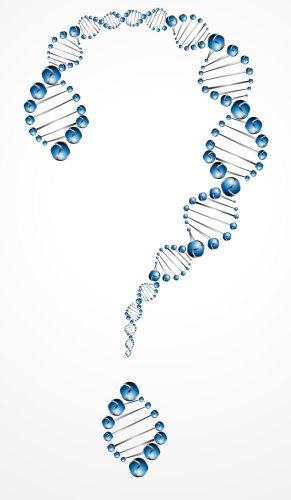
It may be a surprise to some readers that many species in the animal kingdom give birth Parthenogenetically (Parthenogenesis is a derived from Greek meaning virgin birth) meaning that females give birth to young from eggs that are not fertilised by a male of the species.
Insects, fish, reptiles and even some species of bird give birth this way where the all of the inherited chromosomes come from the female only since they can birth their young without mating.
We as Mammals are actually an exception, although we as humans view Parthenogenesis as the exception.
What this means is, as Nessa Carey refers to as the ‘Battle of the Sexes’ in her wonderful publication ‘The Epignetics Revolution’.
Considering the research done by Azim Surani, developmental biologist from the University of Cambridge, and Davor Solter from the Max Planck Institute Immunobiology and Epigenetics in Freiburg, Germany who were both involved in the “discovery of mammalian genomic imprinting that causes parent-of-origin specific gene expression and its consequences for development and disease.”
They established that, embryonically, the tissue within the Embryo were of Maternal Origin ( from Mum), and the tissue of the Placenta were of Paternal origin ( from Dad) thus proving that, in terms of parental responsibilty, Mum takes care of the protection,health and development of the unborn, while Dad ensures the health of the transport mechanism ( the placenta) to carry nutrients into the foetus and the waste products away from the foetus.
Genomic Imprinting simply refers to those genes that are expressed only in the chromosomes inherited from one or the other parent but not both, which is why a child may have his Fathers red hair, or his mothers black hair for example.
So under nomal circumstances genomic imprinted genes are heritable physiological and/or psychological traits passed on to the child from its parents.
Our chromosomes that contain 2 copies of the same gene, where approximately 1% of all our genes are imprinted means that 1 copy is permanently silenced and these imprinted genes tend to be associated with growth and metabolism.
For example, the growth gene IGF2 is a known imprinted gene located on Chromosome 11 and the Maternal copy (Mom’s copy) is always silenced while the Paternal copy( Dad’s copy) is expressed.
This is the body’s intelligent decision making by using the paternal gene to produce maximum growth, and not squeezing the resources from the mother, whose responsibility and the use of her own resources is directed toward survival of herself and her baby.
These imprinted gene types were not discovered until 1991 so current estimates are that there are several hundred that exist for the human genome.
In my first article on Cancer, I discussed the fact that having a mom and dad copy of the same gene both genes can be the Same (Homozygous) or Different (Heterozygous).
The importance is, what criteria does the body use in choosing which copy to use for replication. Oh by the way, I read this paragraph on one website:
“Researchers now report that thousands of mouse genes show parent-specific effects, and that on balance, the scales are tipped in favor of dads. Studying whether this imbalance exists in humans could give scientists insights into the causes of inherited conditions like diabetes and heart disease.”
Some of these people (whoever they are) still believe that diabetes is a disease, and secondly they believe its inherited, so be careful what you read. There are still some questions:
- How does the body know if a selected gene is maternal or paternal, there must be a tag (that says Dad or Mom..lol), as those genes that are used from Dad’s gene pool for growth and developmental?
- If inherited genes bypass the reprogramming stage and for example the paternal copy has been methylated to reflect a negative experience such as drug abuse or famine and the maternal copy is positively methylated, does the body select the gene based on the integrity or in terms of the ‘parental conflict hypothesis’ i.e evolutionary fitness of the gene?
- Why do some inherited epigenetic changes make it through to the next generation and some do not?.
We will explore more on these questions in the next article.
Rare Genetic conditions involving imprinted genes
Beckwith-Wiedemann Syndrome (BWS)
There is a known condition when BOTH IGF2 (Insulin Like Growth Factor) genes are expressed causing ‘Overgrowth in the neonate(this situation is referred to as Beckwith-Wiedemann Syndrome (BWS)) leading to a variety of disorders including an Enlarged tongue, Hypoglycemia ( low blood sugar), Creases in the Ears and Armpits, Abdominal wall defects (Risk of hernias), and Macrosomia (Height and Weight in excess of the 95 percentile-overgrowth). These abnormal characteristics tend to vary among affected individuals where some are born with an opening in the wall of the abdomen where organs may protude through the navel.
Other conditions could include Abnormally Large Organs and possible Tumor Growth like Childhood Kidney Tumors known as Wilms Tumor, and newborns tend to be on the heavy side at birth (typically 12-13 pounds) and asymmetric growth could occur causing Scoliosis.
However, most medical issues tend to subside as the child progresses into adulthood, although some risks such as tumor growth can still exist.
BWS affects 1 in 15,000 newborns according to statistics.
Interestingly Jamie Oliver the famous TV chef in the UK has child with BWS, and even more revealing is that Jamie Oliver himself was born with an obvious mild form of Down’s Syndrome that he has remarkably managed to overcome.
Russell-Silver Syndrome (RSS)
Russell-Silver Syndrome which occurs approx between 1 in 50,000 – 1 in 100,000 live births.
This is another known defect involving the expression of both paternal and maternal genes when one should be silenced (Imprinted) but the outcome is the opposite effect than what is witnessed in BWS, where the newborn is slow to grow. A similiar condition concerning slow growth is Prader Willi Syndrome (PWS) which then develops into excess eating, Obesity and type II diabetes when the person gets older. PWS affects approx 1 in 20,000 live births.
Initially the child has a low birth weight, and under expected growth rate, so although the head appears a normal size it looks abnormal in comparison to the undergrowth look of the body.
Their appetites are poor, and some suffer with hypoglycemia (as in BWS).
When they reach adulthood an affected male could be typically 151 cm (4′ 11”), and a female 140cm (4′ 7”).
Visual features could typically be a small triangular face, prominent forehead, narrow chin and downturned corners of the mouth.
Delayed development, speech, language problems and learning disabilities could also accompany this disorder. Research has revealed that many genetic imprints occur on chromosomes 7 and 11, where RSS is manifested from defects involving genes H19 and IGF2(as in BWS), located near each other at 11p15 (Chromosome 11 position 15).
Approximately 10% of individuals who suffer the RSS defect have received both copies of chromosome 7 from the mother where both copies are expressed. H19 is a non protein producing gene, and its actual function is unknown, but speculated to be a tumor suppression gene
Nessa carey informs us from her book ‘Epigenetics revolution’ that an identical loss of a chromosomal 15 region was evident in both patients suffering from PWS and another known condition Angelmans syndrome (AS).
Although both conditions have very different pathology it depended on the chromosomal loss or deletion that was either inherited maternally ( causing AS), or paternally ( causing PWS).
These abnormalitys can also occur if both chromosomes that are perfectly healthy ( no loss or deletion) are inherited by only one parent.
Geneticists claim that Epigenetic flaws cause the problems described above but I have to think about nutritional deficiency/Toxicity within the foetal environment during the first 3 month construction phase, where it is conceivable that genomic imprinting and inheritance could be caused by missing nutrients.
From our Spinal cord diagram displayed in Part 17 of the series on the 90 essential nutrients, that mineral/amino acid combinations are used millions of time within the DNA script.
How is that taking a trace amount of arsenic by boiling pine needles for twenty minutes can prevent miscarriage, and birth defects.
According to Dr Wallach, Trisomy ( the cause of ‘Downs Syndrome’) can be reproduced within a laboratory by creating a Zinc deficiency during the formation and development of the Sperm and Egg’
A few pennies a day/animal worth of essential nutrients has eliminated Hydrocephalus (cerebrospinal fluid in the brain), Cerebral Palsy, Spina Bifida,Downs Syndrome, Heart Defects, Cleft Lip/Palate, Muscular Dystrophy, Cystic Fibrosis, Hernias, and Limb and Digit Defects within Animals. and the same can be achieved within humans.
Epigenetics and Disease
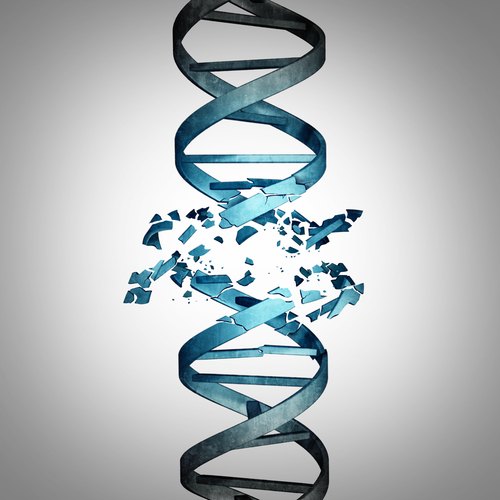
What I find most interesting is that scientists and the medical community, still fixated on a high genetic component associated with disease, are applying Epigenetics in an effort to diagnose early the many disease states that the body expresses.
Some examples include the University of Virginia who were trying to establish if Methylation plays a role in Endothelial and Smooth muscle cells that are subject to Phenotypic switching (character changes at a cellular level) during atherosclerosis initiation and progression.
At the Albert Einstein college of medicine they are analyzing Epigenetic Regulation in Utero (in the womb) and its contribution toward Type 2 Diabetes over a lifetime.
The idea is that they expect to find unique Epigenetic Markers to identify high risk individuals and/or populations in contracting type 2 diabetes.
Furthermore other research is studying Adipocyte Methylation Patterns attempting to identify Insulin Resistance associated Epigenetic Markers.
At John Hopkins they believe that Autism and related disorders have an Epigenetic Basis.
Experiments are being conducted to assess whether environment plays a major role and if Epigenetic Regulation predominates in genetic regulation in Autism.
This same institution is also investigating Glaucoma and age related Macular Degeneration and their associated Epigenetic Relationship.
Bipolar disorders is being looked at Epigenetically in Canada.
Even Asthma epigenetics are being studied by analyzing Methylation Profiles in T cells, Airways Epithelium and Mononuclear Cells during disease development.
Fascinating stuff, are they looking in the right place ?.
Epigenetics and Biological Imbalance
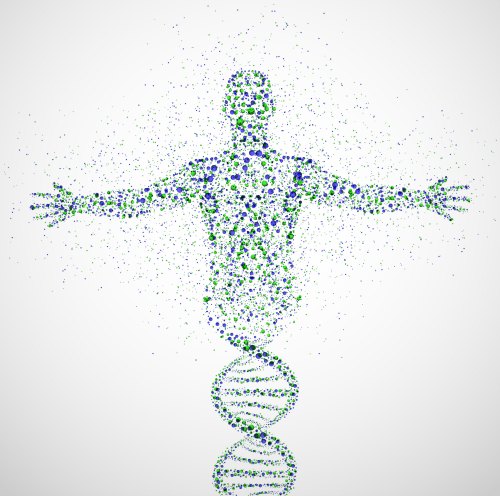
I believe all abnormal/imbalanced conditions of the body affect epigenetic expression, in fact the reason for the body to become unbalanced in the first place is, and always will be, nutritional deficiency/toxicity which undoubtedly change epigenetic expression as a consequence and not causative.
The 3 stressors Physical, Chemical and Emotional, find if any, or all, are present, then fix it and the body will return to its default state, Health and Balance.
I have already stated in previous articles that a deficiency in Folate and/or Cobalamin can disrupt the methylation cycle.
Furthermore, from the extensive clinical experience of Dr Natasha Campbell Mcbride, she has uncovered the main reason for Autism, and other cognitive disorders such as Bipolar Disorder.
Finally, to spend time and effort looking at Epigenetic Effects associated with Diabetes is somewhat baffling, since Diabetes is a nutrient deficient condition which is easily reversed by lowering sugar intake and moderating foods that metabolise into glucose and spike insulin such as potatoes,rice or peas etc and supplementing with all 90 essential nutrients with an emphasis on Chromium, Vanadium, and Zinc and that’s it..done and dusted, no more diabetes, and epigenetic methylation on affected genes go back to normal.
Alternatively following the Ketogenic Diet for a few months which will normalise your glucose levels in the blood as well as notmalising Insulin levels.

[Vincent’s parents are planning a second child, and are shown four candidate embryos]
Geneticist: You have specified hazel eyes, dark hair and fair skin. I’ve taken the liberty of eradicating any potentially prejudicial conditions. Premature baldness, myopia… alcoholism and addictive susceptibility… propensity for violence, obesity, etc.
Marie Freeman: We didn’t want… Diseases, yes, but– [looks at Antonio]
Antonio Freeman: We were just wondering if it’s good to leave a few things to chance?
Geneticist: We want to give your child the best possible start. Believe me, we have enough imperfection built in already. Your child doesn’t need any more additional burdens. Keep in mind, this child is still you. Simply the best of you. You could conceive naturally a thousand times and never get such a result.
Quote from the movie Gattaca 1997
Check out the Previous Article in this series:
https://www.extremehealthacademy.com/the-basics-of-epigenetics-part-1/
References/Acknowledgments:
- Put your heart in your mouth Book 2014 Dr Natasha Campbell Mcbride
- Genomic Imprinting Wikipedia
- Genomic Imprinting Learn genetics web site-selective
- BWS blog Sept 2013 Felloffanelephant.com
- Russell Silver syndrome Genetics home ref
- Nutrition Epigenetic Mechanisms and human disease Book 2011 Nilanjana Maulik, Gautam Maulik
- Epigenetics across the human lifespan Kanherkar, Bhatia-dey, Csoka NCBI 2014
- Prenatal environmental exposures, epigenetics and disease Perera, Herbstman NCBI 2011
- The Epigenetics Revolution Nessa Carey
- Quote from Gattaca movie 1997 Wikiquote
Author: Eric Malouin
